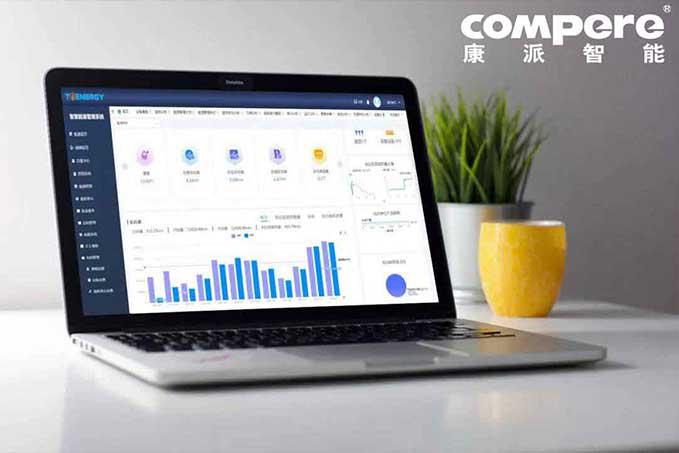Overall solution for enterprise power monitoring system
The enterprise power monitoring system allows users to manage the power usage of their enterprises through the power monitoring system. Enterprises use the power monitoring system to carry out technical measures such as equipment monitoring, data collection, analysis, transformation, and overall optimization to improve their own power usage, thereby Achieve the purpose of energy saving, emission reduction, electricity saving and money saving.
I. User pain points
1. Staffing is provided for operation and simple maintenance, with single skills; information recording is still done manually; the data is not professionally analyzed and utilized;
2. The process is unreasonable and the system capability is weak; the equipment selection is too large and the load rate is low;
3. The power stations are scattered, which is not conducive to management; the power quality cannot be evaluated in real time; there is no full life cycle management evaluation of the equipment;
4. The terminal waste is serious and cannot be monitored; the transformer compensation cannot be switched intelligently; there is no finishing efficiency evaluation model, and graded voltage measurement still cannot support the calculation of losses.
II. The following are some functions of the enterprise power consumption monitoring system:
1. Analysis of enterprise electricity consumption
Supports the function of viewing enterprise details. The content that can be viewed includes basic enterprise information, power consumption information, alarm information, load curve, working status, etc.
Provides functions such as power load analysis, installation reporting method, abnormal power consumption, etc., and can query monitoring point real-time data, hourly data, daily data, monthly data and other event data. Analysis of production and emission reduction: Compare the load of enterprises on pollution days and non-pollution days, and display the power curve in hourly units. Enterprise power consumption monitoring: The daily power curve of the enterprise/industry can be queried. The default is today/yesterday comparison, and the date of comparison can be selected.
2. Real-time alarm
The platform can have a built-in intelligent alarm analysis engine to provide real-time alarm functions, which can accurately monitor the power consumption of enterprise production and pollution control facilities in real time, and achieve real-time and accurate alarms for abnormal operation of production and pollution control facilities, production suspension and production limits that do not meet standards, etc.
Support alarm information filtering function. Real-time alarm information can be filtered and set according to the number of alarms, alarm level, alarm type, industry, and region. For real-time alarms generated, the system should provide processing methods and should be able to fill in handling opinions for the alarms. Alarm information and alarm detail curve analysis can be viewed. For alarm information, the platform should support platform alarm push, APP alarm push, etc., and form relevant statistical summary data in the background.
3. Comprehensive analysis
The platform provides a wealth of analysis functions, including at least different levels of alarm trend analysis, enterprise alarm registration, alarm statistical analysis (including processing statistics and alarm type statistics), and power consumption chain analysis, etc.
The platform can provide commonly used reports for users, including enterprise alarm summary, alarm processing statistics, pollution control production alarm statistics, equipment transmission statistics, electricity consumption statistics, enterprise alarm statistics, etc. The type of report can be customized according to the actual work needs of the user.
III. Achievable effects of building an enterprise power consumption monitoring system
1. Help industrial enterprises coordinate the allocation of internal power resources
2. Optimize the power consumption structure of enterprises and transform the way of power consumption
3. Establish an electricity management system for the entire production process
4. Apply information technology (platform) and advanced power-saving technology (technical transformation)
5. Promote scientific, orderly, economical and intelligent use of electricity in enterprises
6. Improve electricity efficiency and effectively reduce electricity costs 